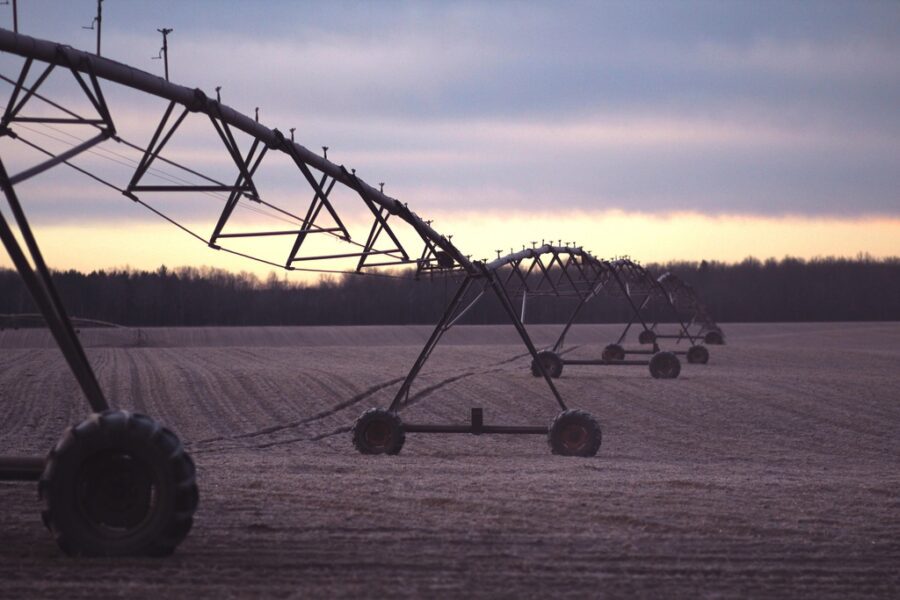
AI is gaining more and more popularity in all the spheres of our lives: 67 deals were made with AI-related companies in 2011, while the figures for 2015 showed 400 deals. And 2016 broke a record with 140 contracts signed only during the Q1.
In 2012 Autonomus Tractor Cooperation (ATC) presented Spirit, an unmanned tractor prototype. They said it was the first unmanned agricultural tractor. It is equipped with AutoDrive technology that combines radio navigation and laser gyroscope with AI technologies. AutoDrive works in the following way: first, tractor is driven by a human, and the next time the machine is able to follow the same route automatically. You have to teach your tractor in order to make it smart. It should learn not only how to drive safely but also how to cultivate land.
Russian company Cognitive Technologies tested an unmanned tractor with machine vision system. It has video cameras, inertia and navigation sensors and computing unit. Machine vision system allows to detect dangerous objects, define their sizes and coordinates to create high-precision maps. If you know where the obstacle is you can clean up the way before harvest time, preventing damaging of mechanical parts. Tractor passes the objects that cannot be removed beforehand, and due to video cameres and sensors it gets information about new dangers in real time mode.
CNH Industrial presented a concept of an unmanned tractor based on Case IH Magnum in August 2016. The tractor works without driver by using a camera to detect and avoid obstacles and LIDAR, method of getting information about remote objects by illuminating them with a laser and measuring the reflected pulse. According to company representatives unmanned vehicles can increase precision and efficiency in agriculture.
LettuceBot can recognize weeds among healthy plants and spray them with weed killer. Developers say the gadget makes 5000 photos per minute. LettuceBot will help farmers to shorten the usage of herbicides up to 90%. One of the tractor creators even claims that agriculture won’t depend on human labor in the future.
PlantVillage website has collected a database of 50,000 photos of healthy and sick plants to create a farming app. It will be able to diagnose plant disease by analyzing a photo uploaded by farmer. Lots of farmers waste a lot of time because of wrong diagnosis (and lots of money as a result), but AI can help the to solve this problem faster.
Niel Jacobstein from Singularity University in Silicon Valley predicts that AI will be used in vertical farming, which is a process of growing plants in vertically stacked layers with artificial light, humidity and temperature. All these factors, and even more – heating and air pressure – also will be controlled by AI.
Ukrainian Agricultural Sector and High Technologies
Ukraine can boast not only about its rich harvests but also innovations helping to get higher results in agriculture. The first agrohackaton was held in Ukraine in 2015 and it gave a boost to implementing AI into agriculture. Despite statistics say that there are not so much Ukrainian experts in this field, AI programming is picking up speed and bring its first fruit: Kray Technologies (drones for treating plants with chemicals), BioSens (sensor for quick food checking), UABERRY (automotive technologies for growing strawberries), Grain Track (software for corn traders), AgriEye (drone field mapping), WattCMS (sensors monitoring ambient environment) etc.
